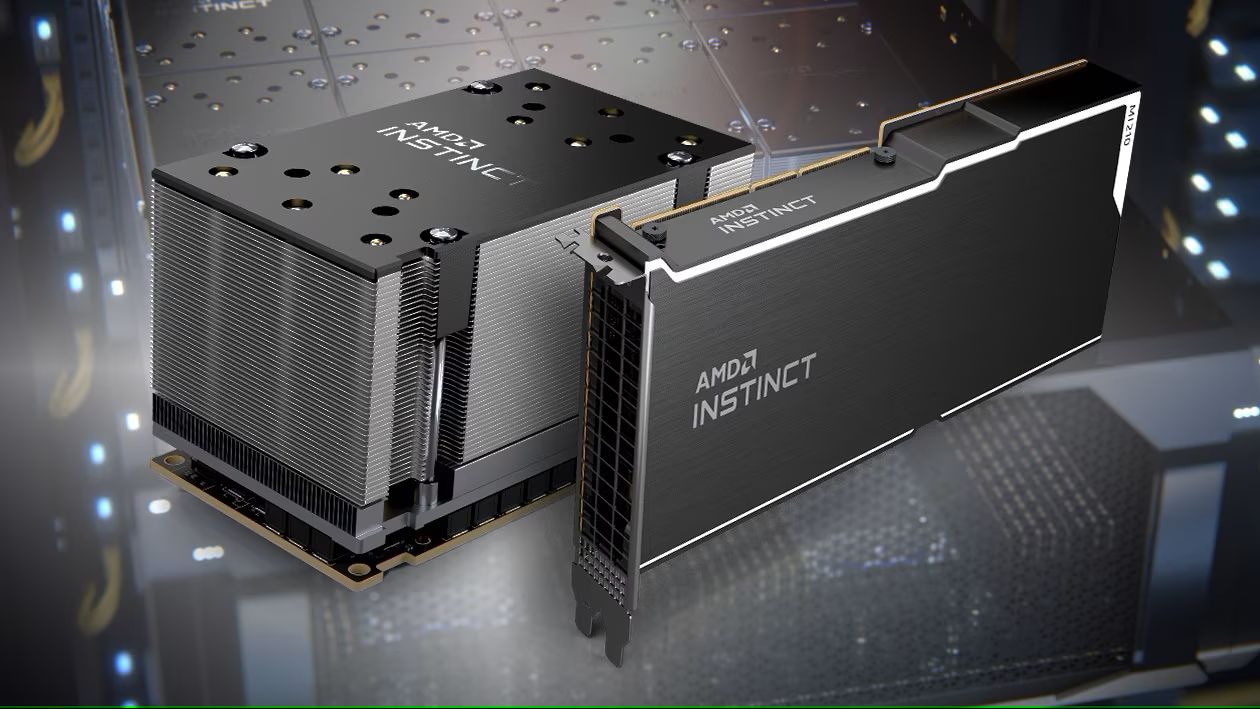AMD has released its third quarter financial results. Although the company saw year-on-year growth in revenue, gross profit and earnings per share, the results were not viewed favorably by Wall Street, with AMD shares falling by nearly 5% before recovering later in the trading day. Revenue was up by 4% to $5.8 billion year-on-year, while gross profits rose by 17% to $2.75 billion. The four major Data Center, Client, Gaming and Embedded segments saw a mix of results.
Data Center segment revenue was flat year-on-year, with growth in EPYC sales offset by a fall in SoC sales. However AMD has big hopes for its next-gen MI300A and MI300X compute GPUs with deployments scheduled for HPC, cloud and AI customers.
The Client segment includes Ryzen desktop and mobile processors. It saw a big 42% rise in year-on-year revenue driven by higher sales of its Ryzen 7000-series mobile processors.
The Gaming segment was a weak point, recording an 8% year-on-year fall in revenue to $1.5 billion. That’s been attributed to a decline in semi-custom sales. It could have been worse, as AMD says its Radeon GPU sales increased over the last year. AMD didn’t specify a dollar amount though.
Finally the Embedded segment fell by 5% year-on-year to $1.2 billion due to weaknesses in the communications market and inventory corrections.
2022 and 2023 have been tough years for the PC market. On the consumer side of things, the fallout from the pandemic, extended Chinese lockdowns and soft demand following a surge in work from home upgrading have had a lasting effect. The future is looking a little better, as there was an uptick in overall CPU shipments for the second quarter, and the Black Friday and peak holiday buying season is yet to come.
But the area AMD will really be hoping to cash on is—you guessed it—AI. Its upcoming Instinct MI300X and MI300A accelerators will lead the charge. The MI300A APU in particular is a very interesting design, with a mix of Zen 4 CPU cores and CDNA 3 GPU cores in one package. Their unified memory architecture with up to 192GB of HBM3 memory should appeal to large language model operators. AMD’s acquisition of AI software developer Nod.ai will be a part of its overall strategy. If AMD can peel away some market share from Nvidia, there will be lot of revenue upside.

The gaming side of the business is a little murkier. Following the release of the Radeon RX 7800 XT and Radeon RX 7700 XT, the RDNA 3 lineup appears to be complete. The Radeon RX 8000-series products are probably a year away, though just what AMD chooses to release is open to speculation, and with many months until we see the Zen 5 based Ryzen 8000-series, the desktop side of things will probably remain flat. On the notebook side, we’ll have to wait and see how competitive Intel Meteor Lake based notebooks perform. That’ll have an impact on AMD’s notebook share.
The big money is clearly going to come from the AI and enterprise segments, and to a lesser extent consoles, handhelds and mobile SoCs. If AMD can cash in on the former, it will benefit the gaming business too. Hopefully AMD continues to invest, innovate and compete for many years to come. That’s something all gamers will benefit from.
Source link

